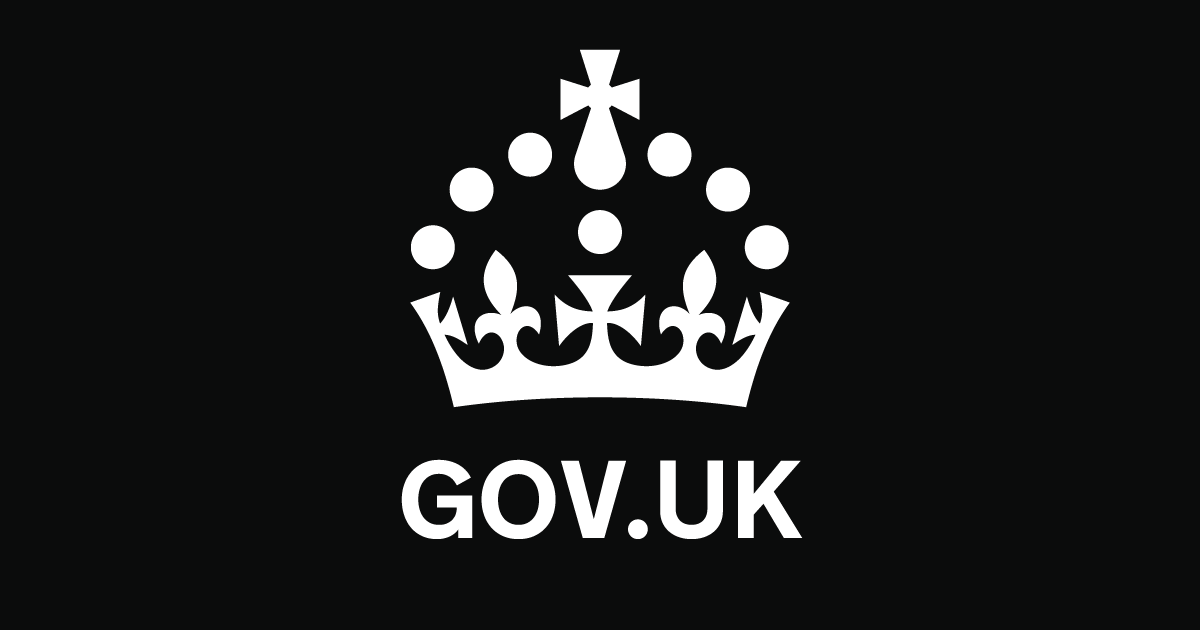
Change patterns of oncomelanid snail burden in areas within the yangtze river drainage after the three gorges dam operated
- Select a language for the TTS:
- UK English Female
- UK English Male
- US English Female
- US English Male
- Australian Female
- Australian Male
- Language selected: (auto detect) - EN
Play all audios:

CHANGE PATTERNS OF ONCOMELANID SNAIL BURDEN IN AREAS WITHIN THE YANGTZE RIVER DRAINAGE AFTER THE THREE GORGES DAM OPERATED Controlling the distribution of snails is an essential and
effective way to reduce the risk of schistosomiasis infection CONTENTS * Abstract * Citation * Links ABSTRACT An “integrated control” strategy has been implemented within 7 provinces at
highest risk for schistosomiasis along Yangtze River in Peoples’ Republic of China (P. R. China) since 2004. Since Oncomelania hupensis is the only intermediate host of the blood fluke
(Schistosoma japonicum), controlling the distribution of snails is considered an essential and effective way to reduce the risk of schistosomiasis infection. The study aimed to determine the
snail area burden and annual trend among provinces with potential risk for schistosomiasis along the Yangtze River, above and below the Three Gorges Dam (TGD). This research was supported
by the UK Department for International Development’s Operational Research Capacity Building Programme led by the International Union Against TB and Lung Disease (The Union) CITATION Dai S-M,
Edwards J, Guan Z, Lv S, Li S-Z, Zhang L-J, Feng J, Feng N, Zhou X-N, Xu J. Change patterns of oncomelanid snail burden in areas within the Yangtze River drainage after the three gorges dam
operated. Infectious Diseases of Poverty. 2019 Dec 18;8(1):48. LINKS Change patterns of oncomelanid snail burden in areas within the Yangtze River drainage after the three gorges dam
operated UPDATES TO THIS PAGE Published 29 October 2019 Contents
